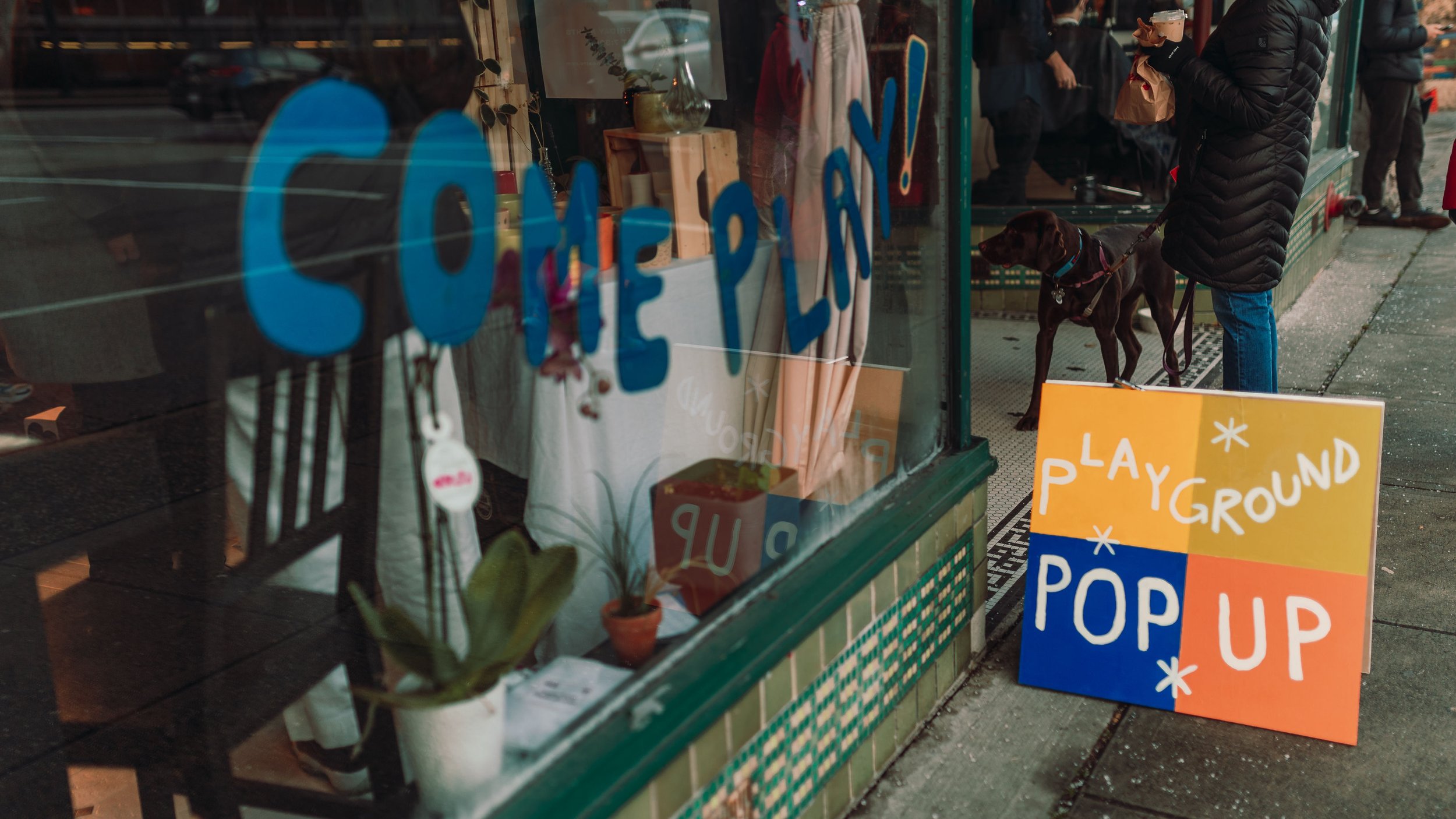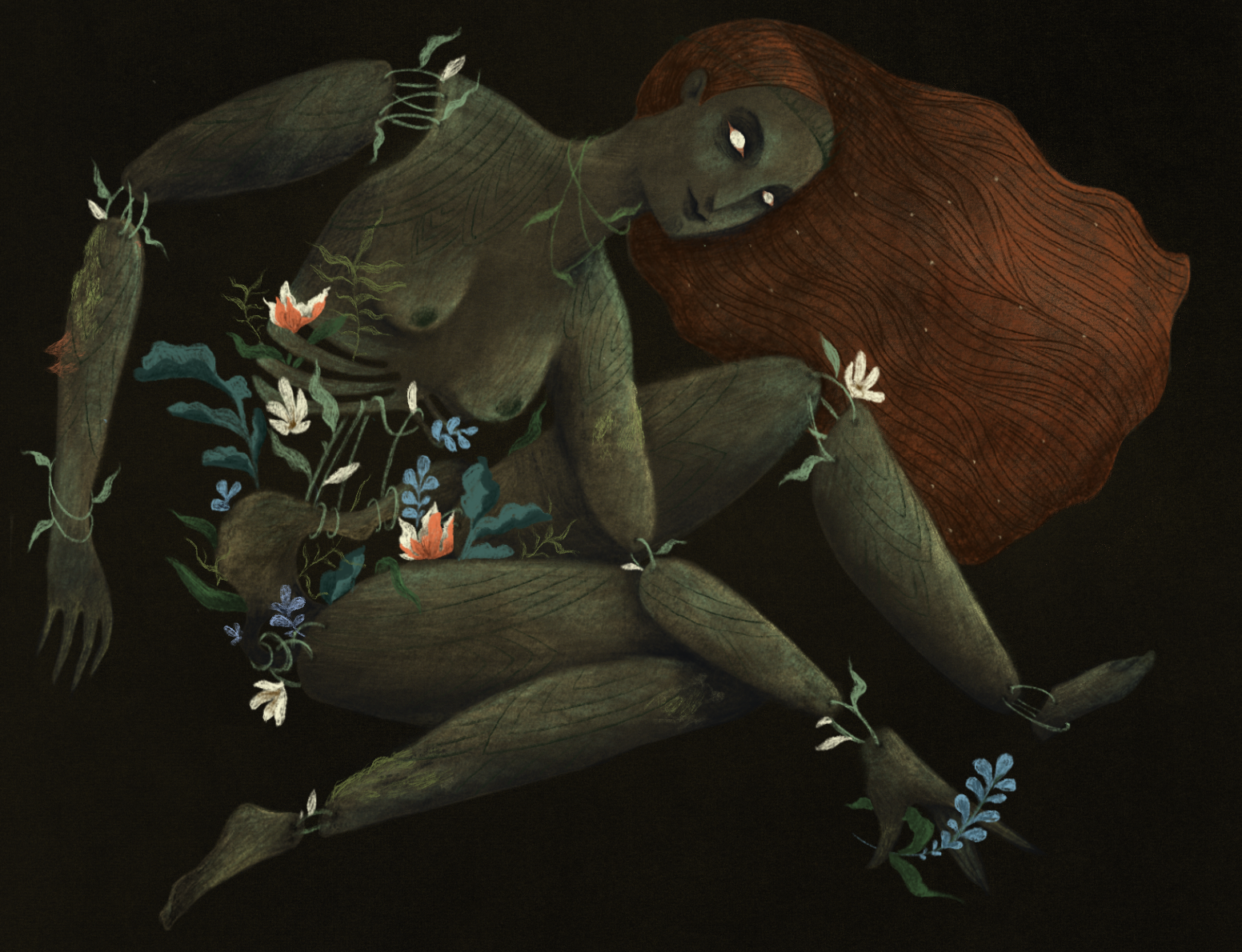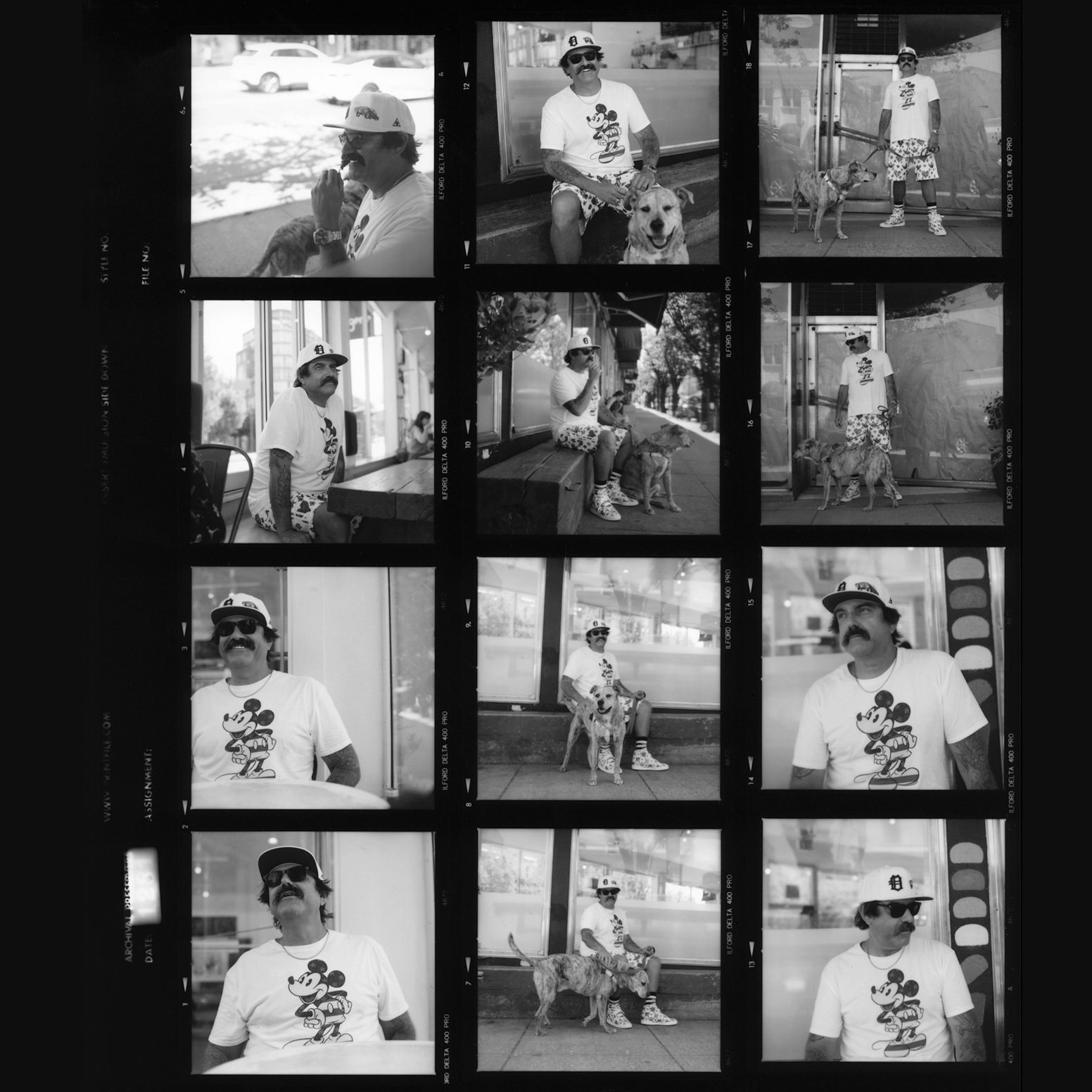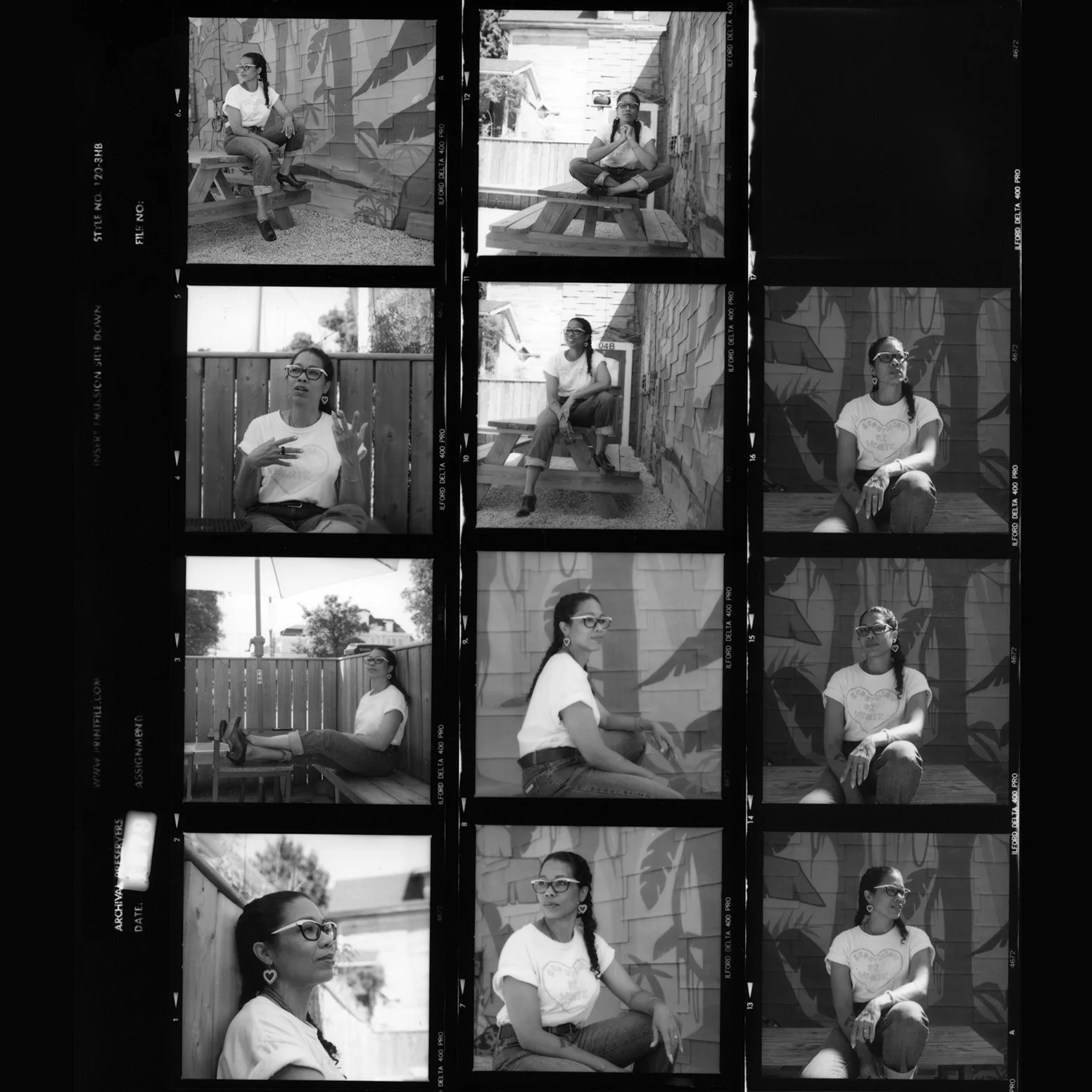The Intersection of DIY Culture & Sustainable Gifting
/Photographs by: Caleigh Mayer
Gifting is a magical ritual—one that has the power to celebrate the emotional bonds that tie us to one another. That being said, in a culture that upholds endless consumption and profit over everything, it is increasingly difficult to remember the foundation of love and connection behind the gift. It’s also completely unsustainable to continue consuming at the rate we do and, even more so, for billion-dollar companies to keep producing at the rate they do.
Does this mean we boycott gifting? Put our collective foot down, cut up our holiday shopping lists, and tell our loved ones, “Sorry, I don’t participate in gifting anymore”? For some, this likely (and respectfully) is the answer. But, for many, the thought of this—of foregoing ritual altogether—is too tough to swallow.
The resurgence of DIY culture amid the pandemic has unveiled our marvelous capacity for creativity which, in turn, reimagines the possibilities and future of gifting.
A few weeks ago, I visited the inaugural Playground Pop-Up market, organized by local ceramics and illustration artist, Alex Smyth. Located at Tightrope Impro Theatre, the market was host to twelve local artists of various tactile mediums. Upon entering the bustling space, I was amazed by the fondness I instinctively felt towards it all. Vibrant stickers, ceramic figurines, clothing upcycled from thrifted Goosebumps sheets, jewelry adorned with fruits and flowers, mugs and rugs with weiner dogs wearing sunglasses… I felt like a kid again.
Photographs by: Caleigh Mayer
Ceramics artist Rita Ovis mirrored my sentiment: “We’re all kind of getting back into our roots and doing the same things we did as kids…we’re all feeling a little bit lonely, so we want to do things that are nostalgic.”
Vintage textile garment upcycler Alex Tsao-Trim endorsed this enthusiasm for DIY: “It allows for some creativity and also playfulness. You get to experiment and have fun.”
If the market’s name didn’t give it away, “play”—creating for the sake of creating, without trying to inscribe deeper meaning, nor actively enfold identity-formation into the process—was at the forefront of the assembly.
These artists clearly valued the process of creating by hand, and the relationship built between the artist and their art. Myka Tubo, ceramics artist, explained: “A ritual that I do is I get really stoned and then I just get on the wheel and just let things flow…It’s very therapeutic and is such an intimate moment [with] myself.”
Photographs by: Caleigh Mayer
Following the enforced isolation in response to the pandemic, the potential of unlocking our creative capacities has catapulted into popular discourse. Rebecca Sherman, creator of vibrant and textured frames for second-hand mirrors, discussed this silver-lining: “I think because of the pandemic, we had people have time to actually get tactile and create. Maybe, people that didn’t even think they had it in them, they got in touch with that side and created something like a side-gig or an after-work moment that sells and touches people.”
When we take a step back from our capital-driven lives to rest and recharge, magic happens; passions and talents previously unbeknownst to us are unveiled and pursued. Many creators have opened a new source of income and the possibility of reorienting their livelihood around their artistry—a feat artists relinquish hope for far too often.
Because DIY is essentially “without-blueprint,” everything is unique in its product and its process. The artists of Playground spoke eagerly of the ways in which this process has taught them to embrace flaws and imperfections, as well as total failure. Ovis explained: “Sometimes you just show up, and nothing works out, and you just have to accept it and try again the next day!”
The valuable lesson embedded in this sentiment is one of learning to entangle oneself in the process, but to detangle oneself from the end result. In other words, understanding and accepting that the turnout of a piece (whether or not it “works”) does not reflect one’s intrinsic value as an artist or human being. The creative process is celebrated instead.
Han Wang, ceramic, textile, and illustration artist, conveyed a core value in her process: actively trying to slow things down. “I love ceramics because it takes a really long time,” she said, “I enjoy the studio time and creating with clay. I express [myself] in this way.” In contrast to the dominant “time = money” mentality of our society, Wang finds joy and fulfillment in slowing down and nurturing herself in those spaces.
Resurging DIY culture also fundamentally champions sustainability through recycling “waste” materials and countering mass production culture. Justine Crawfart, tattoo, comic and illustration artist, pointed out: “There’s so much waste in the world, and it’s so nice to reclaim old things that are potentially going to waste and bring new life to them.”
Photographs by: Caleigh Mayer
Marissa Kingzett, rug tufting artist, agreed: “I really like the DIY that’s starting to happen more…people using the things they already have or thrifting resources…I think it’s really cool to think beyond the boundaries of what we can make with the things that we have access to.”
In addition to artists who create sustainably, those who can afford the opportunity to monetarily support small, local businesses, instead of large corporations, are emboldened. Of course, the more sustainable and ethical we make our consumption practices, the more expensive items often become. Not everyone can afford this, and there is zero shame in that. If mass-produced items are all that is financially accessible, no one has the right to condemn purchasing them.
If you are in the privileged position of being able to afford supporting small, local, and one-of-a-kind artisans, you should. As the market organizer, Alex Smyth, expressed, “It’s just not the same as…going to a big box store and pulling something off the rack, and there’s eighteen-hundred behind it. It just feels special to own something made by someone, and your money goes straight to them.”
Photographs by: Caleigh Mayer
Monetarily supporting within our communities encourages a culture of creativity wherein material goods are baked with love and longevity, more intimate relationships between creators and customers can be formed, and we are all more exposed to the possibilities, and encouragement, of our own creative capacities.
This holiday season and whenever you’re giving gifts, I encourage you to ask yourself: Who is your money supporting? Who and what might you even be exploiting through your purchase? Are there local alternatives? Are you financially able to seek out those alternatives? Lastly, what might you be able to create yourself?
If the resurgence of DIY culture amid the pandemic has taught us anything, it’s that we are boundlessly resourceful.
Connect with your inner-child and take this moment to simply play and support those who play—the planet and your communities will thank you.
Photographs by: Caleigh Mayer
Follow the artists here:
Han Wang - @hhhhhannnnn
Anna Semenova - @an.seme
Justine Crawfart - @justinecrawfart
Rebecca Sherman - @__encase__
Tiana Melds- @tianamelds
Amelia Earhart - @aaaearhart
Marissa Kingzett- @rugsforbrunch
Myka Tubo- @mykatubo
Alex Tsao-Trim- @shop.shy.tiger
Lisa Taniguchi -@lisa.taniguchi
Rita Ovis- @rovisceramics
Alex Smyth- @guch_world
Photographs by @caleighkats
This piece was written by Amanda Thacker, a freelance writer, anti-capitalist transnational feminist, eternal optimist and charming dinner party guest. Follow her work on Instagram or visit her website.























